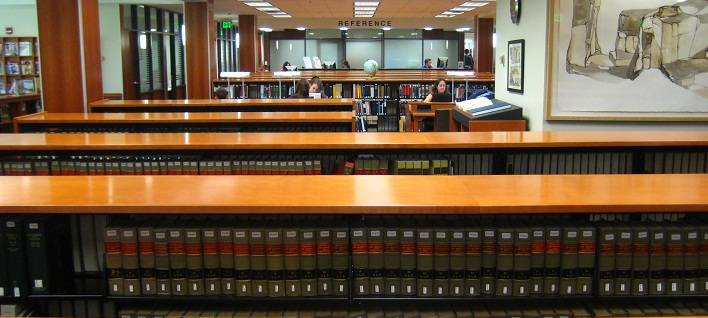Fault Tree Model of Collapse Bridge and Risk Analysis of Hassanabad Bridge
Pages : 93-100, DOI: https://doi.org/10.14741/ijcet/v.13.2.7
Download PDF
Abstract
The catastrophic and widespread floods that hit Pakistan in May of 2022 seriously and extensively damaged the social infrastructure and lifelines. Using specific scenarios that may be utilized to quantitatively and explicitly assess the damage status and the cause of the damaged bridge groups may be helpful in solving structural and challenging engineering challenges. These kinds of cases can help improve future bridge designs and construction methods by identifying the causes of the breakdown and the scope of the investigation. They may also bring about a flood that destroys the bridge. One of the biggest infrastructure tragedies is a bridge catastrophe. This study examines bridge infrastructure risk from the standpoint of sustainable management. Pakistani bridge disasters demonstrate that anthropogenic forces are mostly to blame for these failures. The collapse of the Hassanabad Bridge on 07 May 2022 in Hunza Tehsil of Gilgit-Baltistan region of Pakistan Occupied Kashmir (POK), Pakistan is used as a case to perform detailed analysis. Superficially, bridge collapse is a technical problem rather than a management problem. The study recommends the glacier has an anomalous behavior, it is necessary to monitor the glacier and Glacier Lake continuously, and minimize the adverse effects of potential GLOFs risk. We also recommend strong understanding the phenomenon of glaciers therefore, glacier lakes are very important in north Pakistan with respect to GLOF disaster management. Yet, the main reason for this kind of bridge failure may be a lack of sustainable management and the Glacier Lake outburst. In order to support this viewpoint, both a fault tree analysis (FTA) and a strategic environmental assessment (SEA) for the bridge failure and subsequent effects on society are conducted. According to the FTA data, the Hassanabad Bridge’s collapse was caused immediately by the failure of the arch foot. An in-depth examination of management issues pertaining to the economy, culture, human health, and environmental sustainability is done through strategic environmental assessment (SEA). Bridge collapse is likely caused by a lack of real-time monitoring, poor risk assessment, and other management issues. The low overall SEA result makes it clear that the project was poorly managed and that there was an excessive safety risk. Finally, the specific managerial measures are proposed to improve the sustainability of infrastructures.
Keywords: Bridge Failures; Hassanabad Bridge; Fault Tree Analysis (FTA); Strategic Environmental Assessment (SEA); Safety Risk; Sustainability



















 MECHPGCON, MIT College of Engineering, Pune, India
MECHPGCON, MIT College of Engineering, Pune, India AMET, MIT College of Engineering, Pune, India
AMET, MIT College of Engineering, Pune, India International Conference on Advances in Mechanical Sciences
International Conference on Advances in Mechanical Sciences  International Symposium on Engineering and Technology
International Symposium on Engineering and Technology International Conference on Women in Science and Engineering
International Conference on Women in Science and Engineering




